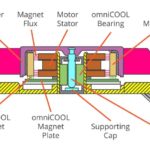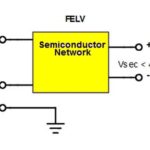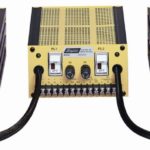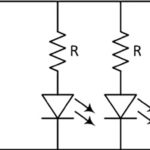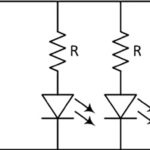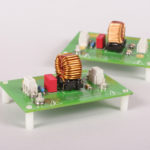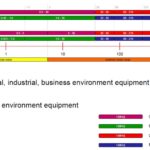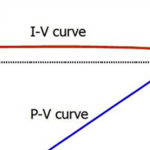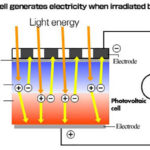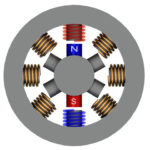The life of most fans is set by the shaft bearings. Simple comparisons show why different bearing technologies can exhibit widely varying MTBF figures. Jeff Smoot, CUI Inc. Cooling fans are critical to many of the devices we rely on every day. A key criterion that affects fan life is the shaft bearing. This crucial […]
FAQ
Tough terminology: Why working voltage matters in safety approvals
Organizations that test power circuits for safety have specific definitions of working voltage and other parameters that bear heavily on how products get safety certifications permitting their sale. Dylan Howes, MINMAX Power, Inc. Safety approval agencies have been evaluating both industrial and consumer products for well over a century. The need for approval by such […]
Five challenges in power supply design
Sometimes the best way of handling specialized power needs is through custom equipment optimized for the situation at hand. Alex Karapetian, Acopian Technical Co. Electronic system designers, engineers, program managers and original equipment manufacturers (OEMs) must address numerous challenges in the selection or development of an appropriate power supply for their systems. In some cases, […]
Driving LED arrays, Part 2: power
Part 1 of this FAQ looked at the basics of using LEDs in series, parallel, and series/parallel arrays, the implications on the power-sourcing requirements, and the impact of an LED failure. Part 2 looks at other practical issues associated with powering the array. Q: Given the various configurations, what sort of drive is “best” for […]
Driving LED arrays, Part 1: topologies
Light-emitting diodes – often referred to simply as LEDs – have become the preferred light source in many applications, whether for area illumination, spotlighting, signage, or backlighting. While there are some applications which prefer to use a smaller number of very high-power LEDs, many applications benefit from, or must use, a larger number of lower-to-moderate-power […]
Power-supply noise, Part 2
Part 1 looked at the basics of noise, especially concerning power supplies. There are two noise sources which are not as obvious to many engineers as noise that results from the switching action of the power supply: differential mode noise and common-mode noise. These two noise modes have different causes and thus different solutions Q: […]
Power-supply noise, Part 1
“Noise”—perhaps nothing worries design engineers as much as the implications of this single five-letter word. There are good reasons for this worry. Noise is often unpredictable; may come from internal and somewhat controllable sources, or external impossible-to-control sources; it can affect performance accuracy and consistency; it can cause products to not meet their target design […]
Solar cells and power, Part 2 – power extraction
Part 1 looked at the solar cells themselves; Part 2 looks at how a cell or panel is managed for maximum performance. Q: How can the useful output of a solar cell or panel be maximized? A: While an active, in-use load or a power-generating facility could be connected directly to the output of a […]
Solar cells and power, Part 1 – basic operation
Both small- and large-scale solar power on is an effective way of generating electrical power from an impinging light source, usually the sun. Colloquially, the term may also encompass a local light source such as overhead illumination; thus this, a more-accurate broad term is photovoltaic (PV) power. Although the physics of the solar cell is […]
Basics of AC, DC, and EC electric motors (Part 2) — EC and stepper
Part 1 looked at basic AC and DC motors which do not require “electronics” to operate (although the variable-frequency AC motor is an important exception). However, the development of fast, low-resistance all-electronic switches – primarily MOSFETs as well as IGBTs – and microcontrollers, plus powerful permanent magnets has dramatically changed the situation. Q: What is […]

